“They don’t make them like they used to” is such a facetious comment to make at the best of times, but when it comes to simulations, it really is largely true. Over time the genre has evolved from something that aims to challenge players by punishing mistakes that they make to something where success us almost inevitable and the focus is instead on making things pretty. Look at Planet Coaster 2. A fine game by any measure, but no one is crashing and burning while playing that. For people who want to remember what a theme park simulator used to look like, there’s RollerCoaster Tycoon Classic.
Related reading: RollerCoaster Tycoon 3 was previously released on Nintendo Switch. Read our review.
RollerCoaster Tycoon Classic is actually a collection of the first two games, with very minimal work done to change either. It’s the same charming-yet-primitive visuals, the same park rides and scenarios, and largely the same interface. The latter is a bother, given that RollerCoaster Tycoon was made to work with a mouse interface, and now suddenly you’re going to be manipulating a cursor using a control stick. What’s more, it’s a cursor that moves slowly to make sure you don’t make accidental clicks that ruin your game. There are some button shortcuts, which are communicated terribly (you’ll need to teach yourself by spending time studying the “controls” option within the window), but nonetheless it’s an unfortunate downside to this version of two classic games.
If you’re comfortable with grappling with the interface, then there is a lot of gameplay in RollerCoaster Tycoon Classic. Like, a lot. There are almost 100 scenarios to complete. These range from having a gentle introduction with a flat field and essentially no challenge to meet the objective, allowing you to be largely free to play as you like, through to some honestly brutal park areas and victory conditions that I can honestly never remember completing. In fact, I don’t think that in all the years that I’ve dabbled with RollerCoaster Tycoon, I’ve even unlocked the “Gold Group” (highest difficulty) scenarios. Oh yes, you do need to unlock the good stuff. You only have nine scenarios across the three lowest difficulty levels to start with. The entire process is going to take you dozens of hours, even if you play perfectly and never need to restart a challenge.
Luckily there are also a host of “extra parks” that give you some fun alternative challenges and even let you play around with a small selection of real parks. So even if you’re stuck in the main game (or never feel inclined to actually try and unlock additional scenarios), there are still dozens of different parts to choose between instantly.
What many players will miss – including me – is the lack of a Sandbox mode, however. I essentially only play sandboxes with simulators where I can. I enjoy the challenge of building the biggest thing I can – be that city, tower, hospital or theme park – and have never found myself particularly invested in those additional objectives. The original RollerCoaster Tycoon never had this feature, and this would have been the perfect opportunity to remedy this.
Putting that aside, RollerCoaster Tycoon is a fun challenge. It lacks features that we’ve since taken for granted (like the ability to ride the rides or get a “ground floor” view of the theme park), but the data crunching and park design features are nonetheless compelling. It’s always fun to try to figure out what will improve what customers think of your park… but equally, it’s fun to ramp up the cost of using a toilet facility to $20 and really fleece your customers. It’s capitalism, after all! Who cares if they’re happy as long as you get all their money.
More seriously, staying profitable is a real challenge when you’re tasked with keeping rides maintained, pathways clean, people entertained and vandalism down. Building new rides is expensive, but of course, you’ll need to do that to draw in bigger crowds. You’ll never seem to have quite enough money to do what you want to, and while taking out a loan is another option, loans need to be repaid. More modern players, who are used to their simulators being generous to the point of making failure functionally impossible, might well be put off by the fact that RollerCoaster Tycoon requires some strategy, but it is the better for it.
We may well never see simulators made in the mould of RollerCoaster Tycoon anymore. To an extent that is understandable – spending hours carefully building a park only to run out of money and see it fall into ruin might be authentic, but it’s not exactly “respecting the player’s time” and providing the dopamine hit that game developers talk about at their conferences these days. For my mind, though, aside from difficulties in trying to make a mouse-only interface from yesteryear work with a modern controller layout, this is the finest simulator available on the Nintendo Switch.
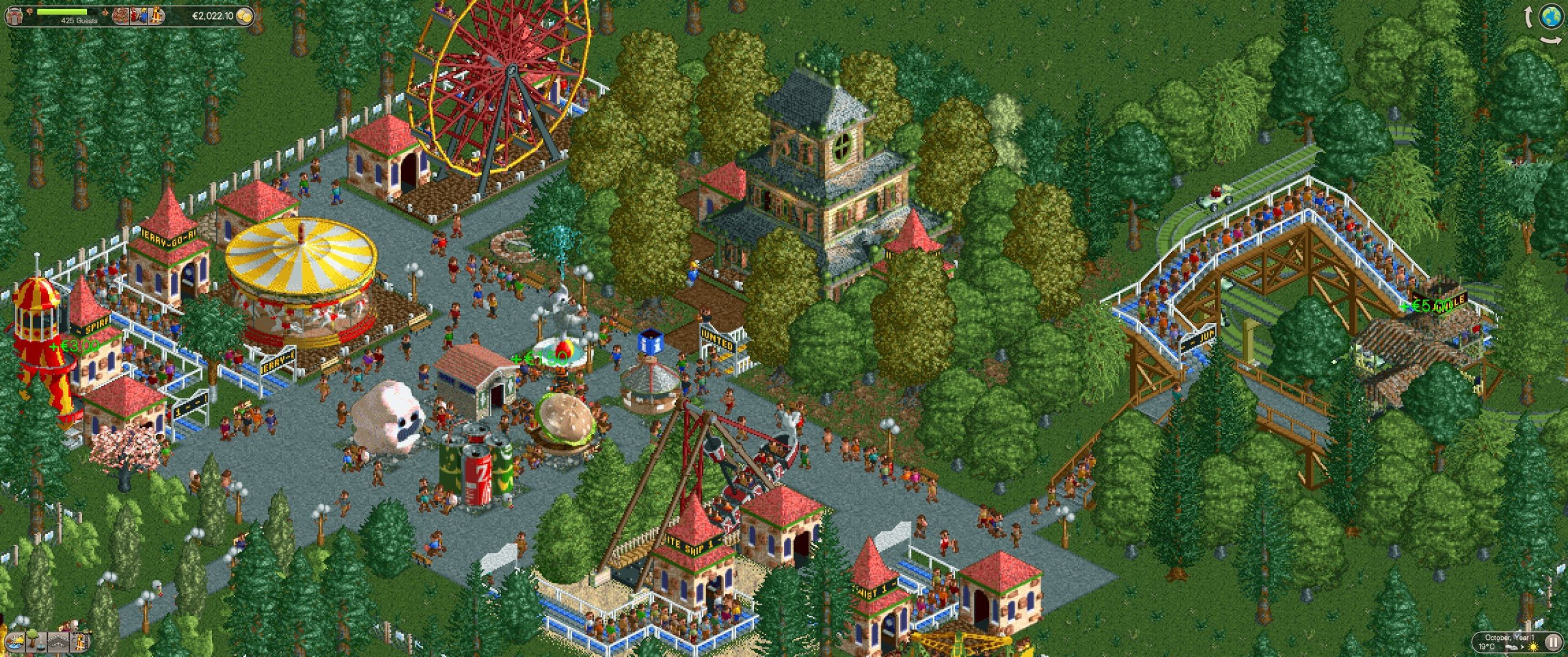




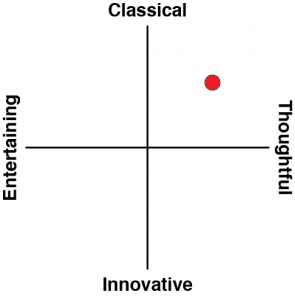

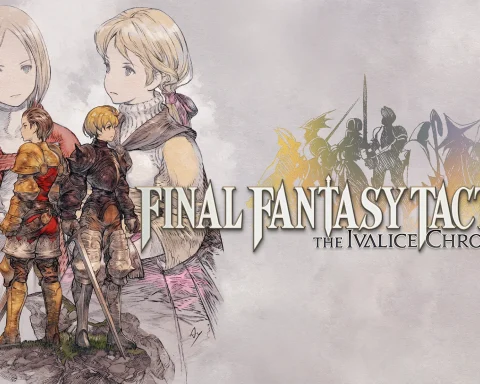
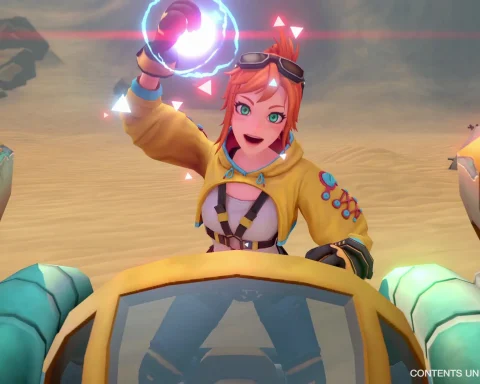
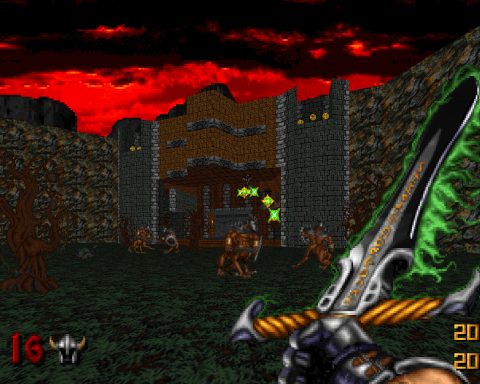

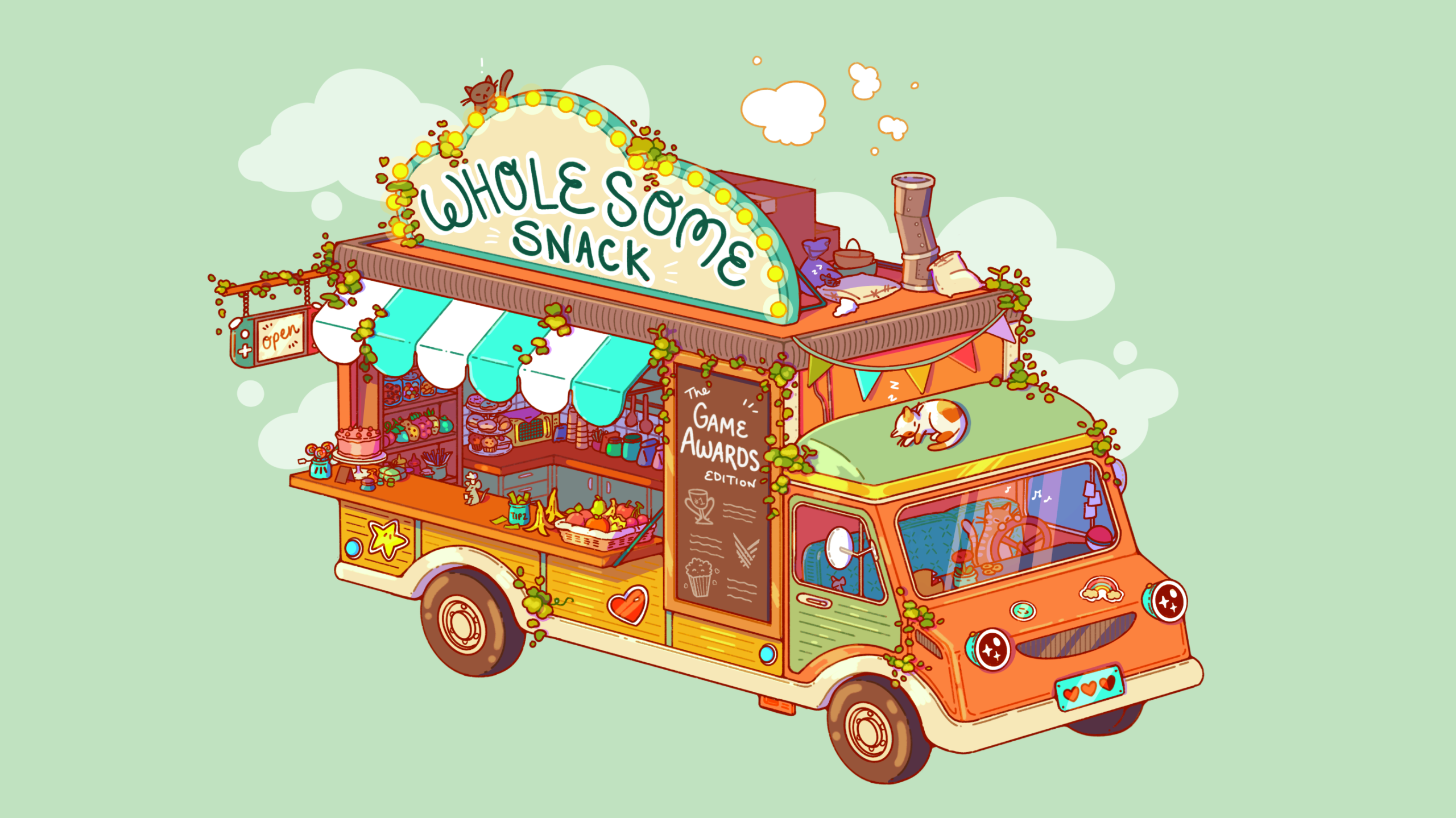
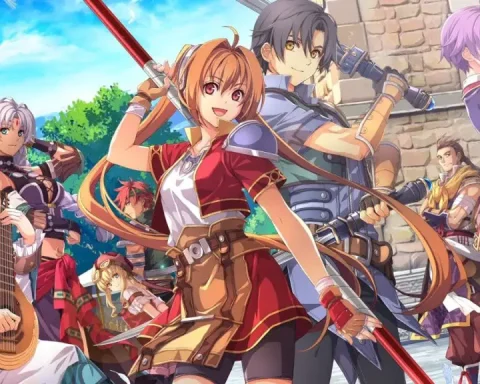
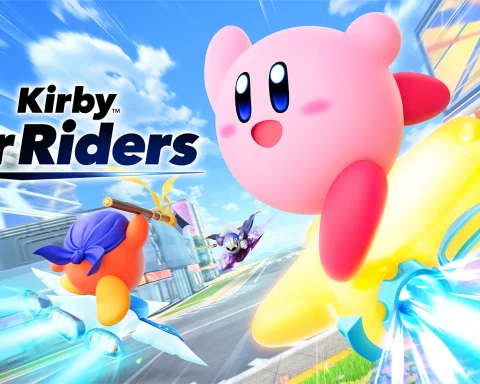
I’m curious because in your review you don’t really make a distinction between the two games. Does that mean you didn’t notice a significant difference?
Reason I’m asking is because for me there was always a big difference. The game you’re describing here sounds to me like rct2.
The first game, in difficulty, was comparable with a planet coaster with the exception of a few harder parks (like the really tiny one that’s in the middle of the ocean).
Even as a child I played that game with relative ease. The sequel though, oh boy, I never got far and usually quit the game out of frustration. I’d probably enjoy it more now than I did back then.
My review is of the “collection” in aggregate. RollerCoaster Tycoon 1 essentially acts as the “introduction” where the parks are easier and the RC2 is for more experienced players.
Personally I found it was always possible to “fail” RC, even the RC1 maps. Some were easier than others, but it was a different experience to Planet Coaster where I don’t feel like there is anything, whatsoever, I can do that will cause my park to fail.
Yes I get your point. At least there was the possibility of failure that’s missing in planet coaster.
Parkitect is a lot more challenging but there is a lot more micro management there with having to set up the supply chain for the shops as well.